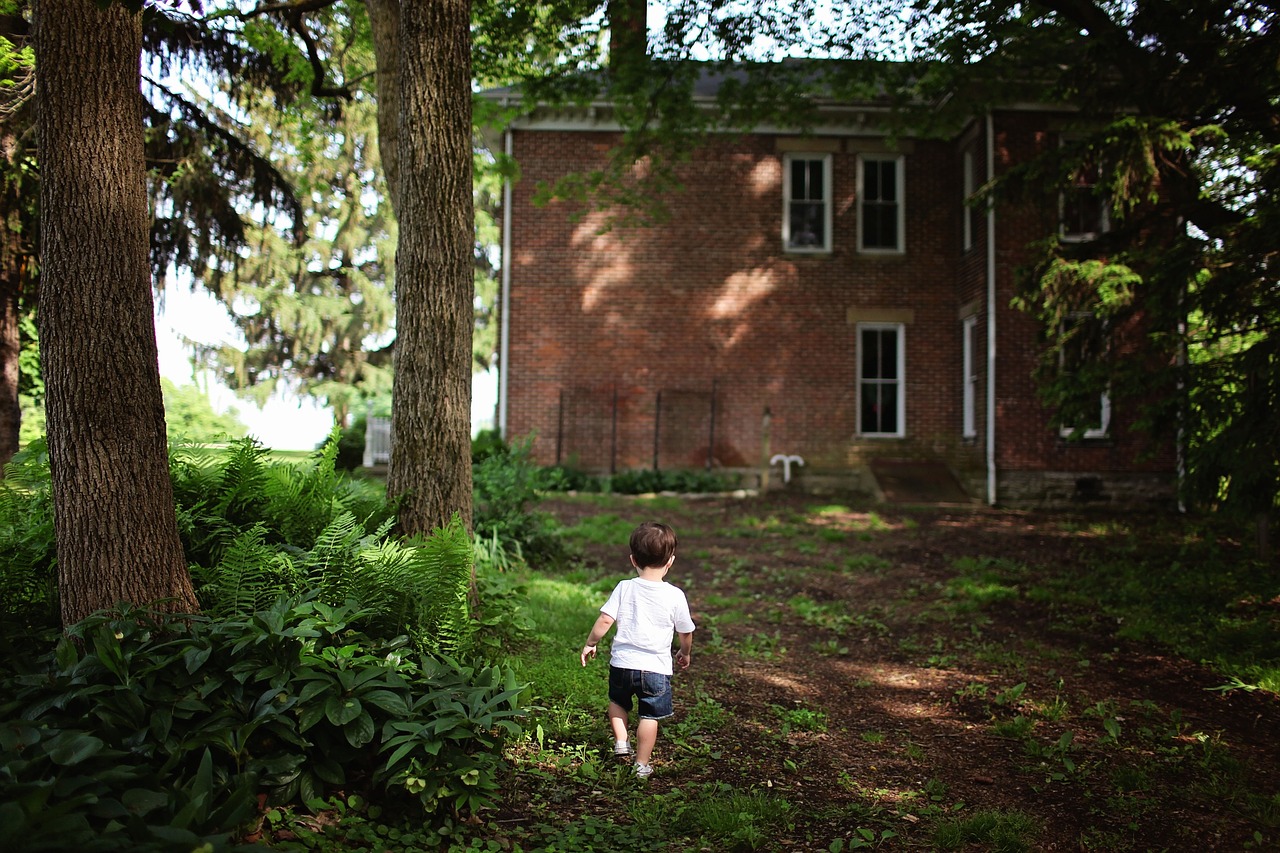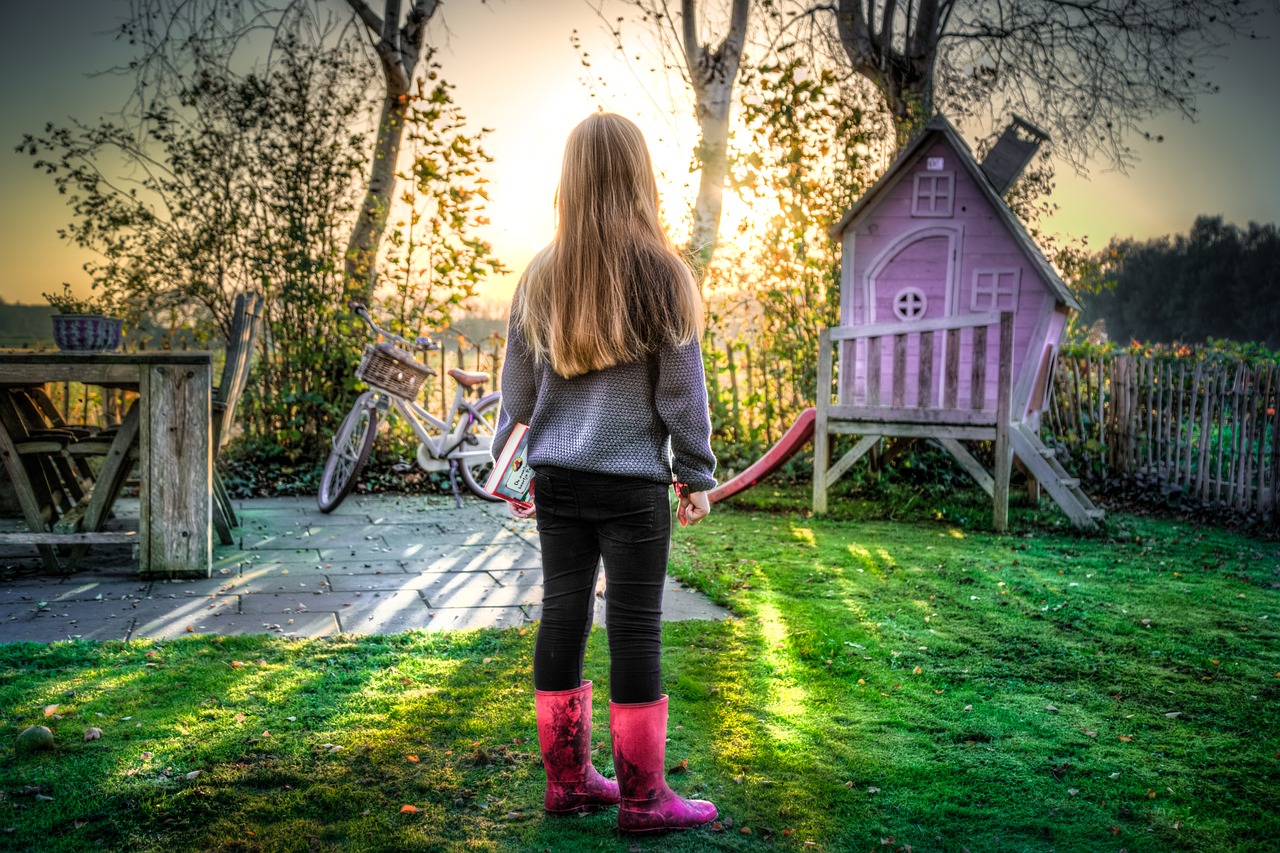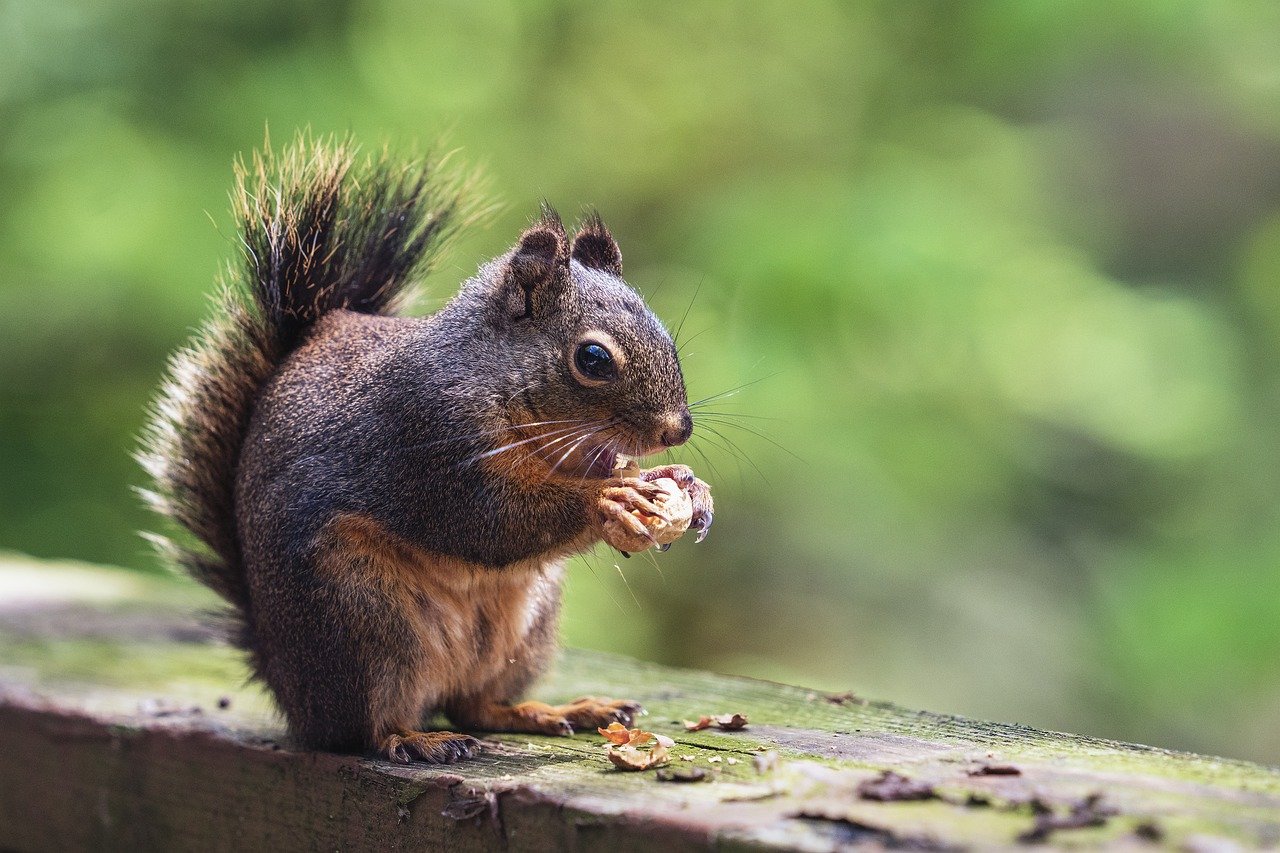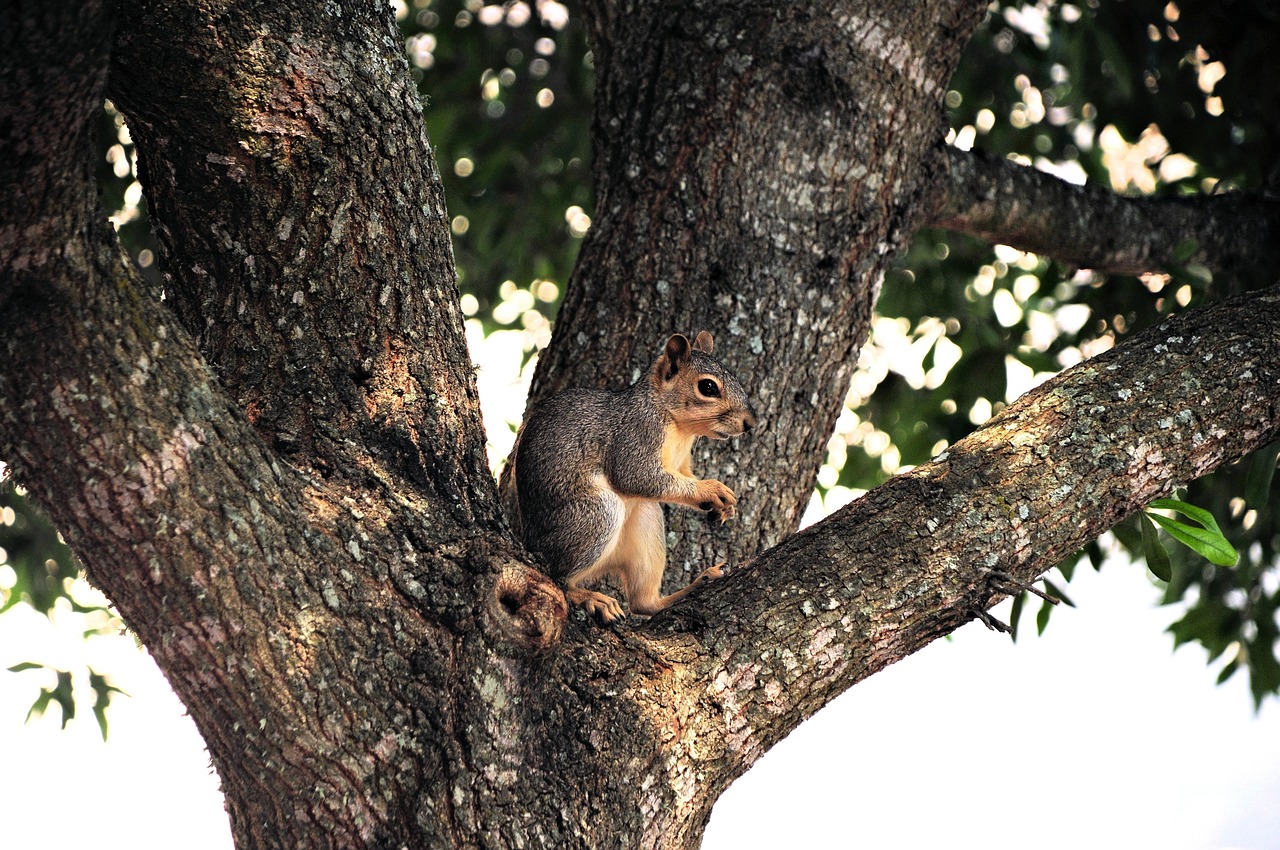Transforming your backyard into a serene oasis is a dream for many homeowners. One of the essential elements in creating this peaceful retreat is selecting the right trees. Small trees are particularly advantageous for backyards, as they enhance the landscape without overwhelming the space. They provide shade, beauty, and even privacy while fitting seamlessly into smaller areas.
When designing your outdoor space, consider the numerous benefits that small trees offer. They can serve various purposes, such as framing a garden, providing a focal point, or creating a natural privacy screen. Moreover, these trees can attract wildlife, contribute to biodiversity, and improve air quality in your surroundings.

Small trees generally reach a height of about 10 to 30 feet, making them suitable for residential properties. They can thrive in diverse climates and soil conditions, further increasing their appeal. However, choosing the right species and understanding their growth habits is crucial to ensure they flourish in your backyard.
| Characteristic | Description |
|---|---|
| Height | Typically between 10 to 30 feet |
| Canopy Width | Varies; generally between 6 to 15 feet |
| Growth Rate | Slow to moderate growth |
| Leaf Type | Deciduous or evergreen |
Choosing the Right Small Trees for Your Backyard
Selecting the perfect small trees involves considering several factors. First, evaluate your backyard’s size and sunlight exposure. Some trees thrive in full sun, while others prefer partial shade. Additionally, consider the soil quality and drainage in your yard.
Here are some popular choices for small trees that can enhance your backyard:
- Japanese Maple (Acer palmatum): Known for its stunning foliage, this tree adds color throughout the seasons.
- Flowering Dogwood (Cornus florida): This tree features beautiful flowers in spring and attractive red berries in fall.
- Crape Myrtle (Lagerstroemia indica): A favorite for its vibrant blooms and long flowering season.
- Redbud (Cercis canadensis): Offers stunning purple flowers in early spring and heart-shaped leaves.
Each of these trees brings unique characteristics to your backyard. The Japanese Maple is particularly prized for its delicate leaves and graceful shape. On the other hand, the Flowering Dogwood is celebrated for its showy flowers that create a lovely display in spring, making it a fantastic choice for adding seasonal interest.
Additionally, consider the maintenance requirements of each tree. Some may need regular pruning or specific soil conditions to thrive. Researching these aspects will help ensure that your chosen small trees will flourish in your backyard oasis.
As you plan out your garden, think about how these trees will work together. Layering different species can create depth and visual interest. Incorporating small trees with varying bloom times will also ensure that your space remains vibrant throughout the year.
Your backyard should reflect your personal style while providing a relaxing environment. By carefully selecting small trees that fit your space and preferences, you can create a private oasis that you and your family will enjoy for years to come.
Planting and Caring for Small Trees
Once you have chosen the perfect small trees for your backyard, the next step is to ensure they are planted and cared for properly. Understanding the best practices for planting and ongoing maintenance can significantly impact the health and growth of your trees.
Planting Techniques
Proper planting techniques are essential for establishing healthy trees. Here are some steps to follow:
- Choose the Right Location: Select a spot that provides adequate sunlight and space for the tree to grow. Make sure to consider the tree’s mature height and width.
- Prepare the Soil: Good soil preparation involves loosening the soil and mixing in organic matter, such as compost, to improve drainage and fertility.
- Dig a Proper Hole: The hole should be twice as wide as the root ball but no deeper than the root ball itself. This encourages lateral root growth.
- Plant at the Correct Depth: Ensure that the top of the root ball is level with the surrounding soil. Planting too deep can lead to root rot.
- Water Thoroughly: After planting, water your tree generously to help settle the soil around the roots.
Watering and Fertilization
Watering is crucial, especially for newly planted trees. Here are some guidelines:
- Water deeply once a week during dry spells, ensuring the water reaches the root zone.
- Avoid overwatering, as this can suffocate roots and promote disease.
- Consider using mulch around the base of the tree to retain moisture and suppress weeds.
Fertilization can also play a role in promoting healthy growth. A slow-release fertilizer applied in early spring can provide essential nutrients. Always follow the manufacturer’s instructions for application rates.
Pest and Disease Management

Keeping your small trees healthy means being vigilant about potential pests and diseases. Here are some common issues to watch for:
- Aphids: These small insects can cause leaf curling and yellowing. Use insecticidal soap or neem oil for control.
- Scale Insects: They appear as small bumps on branches. Wipe them off with a cloth or use horticultural oil to suffocate them.
- Powdery Mildew: This fungal disease presents as white powder on leaves. Improve air circulation around your trees and apply fungicides if necessary.
Regularly inspecting your trees will help you catch any problems early. Remove any dead or diseased branches promptly to maintain overall tree health.
Seasonal Care Tips

As seasons change, so should your care for small trees. Here are some seasonal tips:
- Spring: This is a great time for pruning. Remove any dead or crossing branches to encourage healthy growth.
- Summer: Focus on watering, especially during hot spells. Apply mulch to retain moisture.
- Fall: Clean up fallen leaves around your trees to prevent pests and diseases from overwintering.
- winter: Protect young trees from harsh winter conditions by wrapping their trunks with burlap or using tree guards.
Caring for your small trees year-round will ensure they thrive in your backyard oasis. With proper planting, regular maintenance, and attention to seasonal changes, your trees will enhance your outdoor space beautifully.

Designing Your Backyard Oasis with Small Trees
Integrating small trees into your backyard design can significantly enhance the overall aesthetic and functionality of your outdoor space. The right selection and placement can create a harmonious environment that reflects your personal style while providing practical benefits.
Creating Focal Points
Small trees can serve as stunning focal points in your garden. By carefully choosing the location and type of tree, you can draw attention to specific areas. Here are some ideas:
- Centerpiece Tree: Place a unique small tree, such as a weeping cherry or a dwarf fruit tree, in the center of your garden bed to create a striking visual impact.
- Entryway Accent: Flank your front door or pathway with small trees like boxwoods or ornamental pears to create an inviting entrance.
- Corner Enhancements: Use small trees in corners or at the ends of pathways to soften hard edges and add dimension to your landscape.
By carefully selecting and positioning these trees, you can create inviting spaces that encourage relaxation and enjoyment in your backyard.
Layering for Depth and Texture
Another effective design strategy is layering different plant heights and textures. Small trees can be positioned alongside shrubs and perennials to create a visually dynamic landscape. Here are some tips:
- Vary Heights: Combine small trees with taller shrubs and ground covers to create layers. This adds depth and visual interest.
- Mix Textures: Pair smooth-barked trees with those that have rougher textures to provide contrast. For example, a Japanese Maple with delicate leaves looks stunning next to a more robust tree like a Serviceberry.
- Seasonal Changes: Consider how your layering will look throughout the seasons. Select trees and plants that offer colorful blooms, interesting foliage, or vibrant berries at different times of the year.
Enhancing Privacy with Small Trees
If your backyard requires more privacy from neighbors or street views, small trees can effectively serve as natural screens. Here are some excellent choices for privacy:
- Eastern Red Cedar (Juniperus virginiana): An evergreen option that provides year-round privacy with its dense foliage.
- Sky Pencil Holly (Ilex crenata): Known for its narrow shape, it fits well in tight spaces while offering substantial screening.
- Bamboo (Fargesia spp.): Clumping bamboo varieties can create a lush green wall without invasive roots, perfect for natural fencing.
When planting for privacy, consider spacing your trees adequately to allow for their mature width. This ensures a continuous screen without overcrowding.
Small Trees for Wildlife Attraction
Small trees can also play a vital role in attracting wildlife to your backyard. By selecting species that provide food and habitat, you can create a thriving ecosystem. Consider the following:
- Fruit Trees: Trees such as dwarf apple or cherry trees not only provide delicious fruits but also attract birds and pollinators.
- Nectar-Producing Trees: Species like Redbud or Flowering Dogwood produce flowers that are excellent for attracting bees and butterflies.
- Nesting Sites: Trees with dense foliage offer shelter and nesting sites for various birds, enhancing biodiversity in your yard.
By incorporating these trees into your design, you can create a vibrant space that supports local wildlife while enriching your gardening experience.
Choosing the Right Small Trees for Your Climate
When selecting small trees for your backyard oasis, it is essential to consider your local climate. Different species thrive in various environmental conditions, including temperature, humidity, and soil type. Here are some suggestions based on different climates:
Temperate Climates
In temperate regions, you have a wider selection of small trees that can thrive throughout the year. Some suitable options include:
- Japanese Maple: Known for its stunning fall colors and delicate foliage.
- Crabapple: Offers beautiful blooms in spring and attractive fruit in fall.
- Redbud: Known for its striking pink-purple flowers that bloom in early spring.
Subtropical Climates
In subtropical areas, you might consider trees that can handle warmer temperatures and occasional droughts. Ideal choices include:
- Crape Myrtle: A hardy tree with vibrant summer blooms and attractive bark.
- Southern Magnolia: Known for its fragrant white flowers and glossy leaves.
- Chaste Tree (Vitex): A drought-tolerant tree with lovely purple flowers.
Tropical Climates
If you live in a tropical region, focus on trees that can withstand high humidity and rainfall. Some excellent selections are:
- Jacaranda: Features stunning purple flowers and a broad canopy.
- Palm Trees: Smaller varieties, such as the Pygmy Date Palm, can add a tropical touch.
- Hibiscus Tree: Produces large, colorful blooms throughout the year.
Final Thoughts
Creating your private oasis with small trees is an enriching and rewarding endeavor. These trees not only enhance the beauty of your backyard but also provide essential benefits such as shade, privacy, and wildlife habitat. By carefully selecting species that thrive in your climate and fit your design goals, you can cultivate a stunning landscape that reflects your personal taste.
As you plan your garden, remember to focus on the overall layout, layering of plants, and seasonal interest to ensure your space remains vibrant throughout the year. Regular care and maintenance will keep your small trees healthy and thriving, contributing to the sanctuary you envision. By incorporating small trees, you are not just planting; you are creating a living space that promotes relaxation, enjoyment, and connection to nature.
In conclusion, whether you seek a tranquil retreat, a lively wildlife habitat, or an eye-catching landscape design, small trees can play a significant role in achieving your backyard dreams. Embrace the journey of nurturing these beautiful additions to your home, and enjoy the many rewards they bring to your outdoor oasis.
